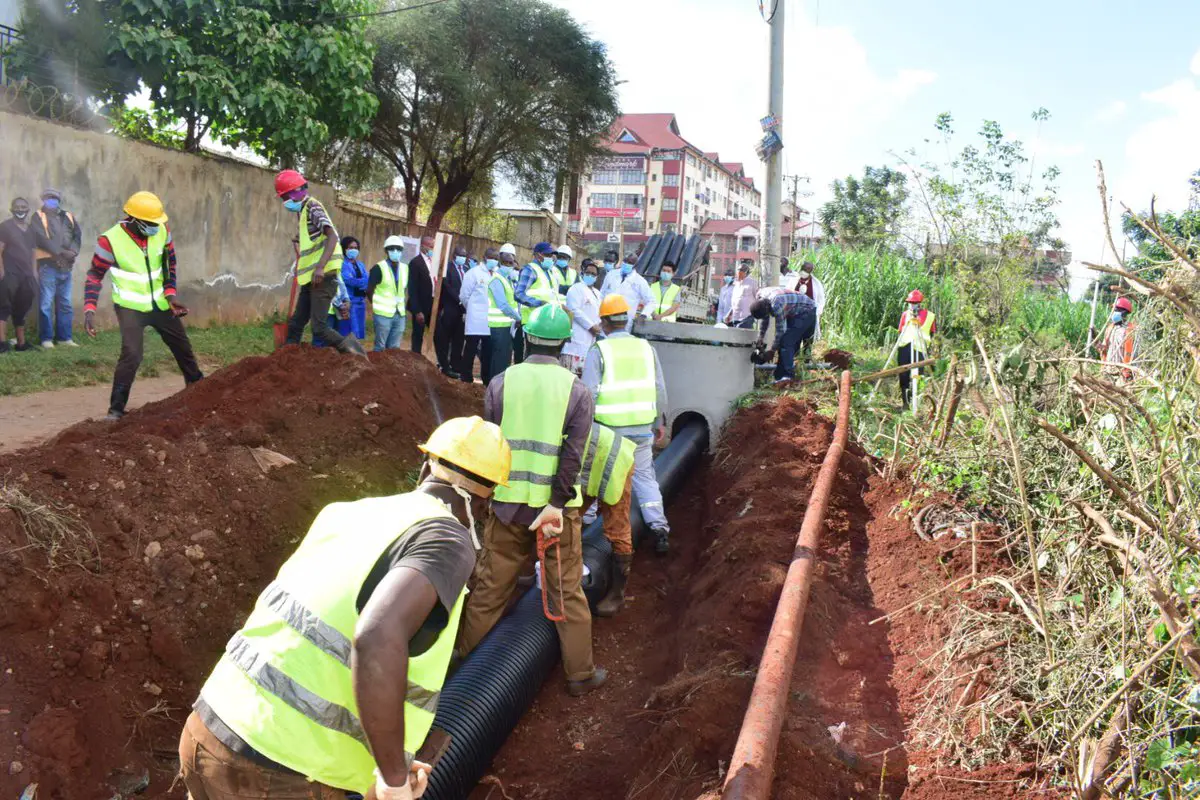The Mandera sewerage project in Kenya is set to be completed by November this year. Mandera County Commissioner Onesmus Kyatha assessed the works and said the project may take 78 weeks.
The US $9M Mandera sewerage project intends to improve the access, quality, availability and sustainability of water supply and wastewater management services in Mandera County. It involves construction of Trunk, Primary, Secondary and Consumer Sewer lines totaling 48.5km long and of various sizes, construction of a wastewater disposal system complete with treatment plant for Mandera Town that would have an intake capacity of 6,000m3 per day.
The Mandera sewerage project also includes the construction of public toilets at Shaf Shaffey Primary School and at Mandera Military camp as well as construction of perimeter fence around the wastewater stabilization ponds fitted with a gate.
Also Read:Kenya intensifies efforts to secure universal water security
Water security
Also included in the designing of the Mandera sewerage project is the construction of all-weather access road to and within the ponds and construction of operation and maintenance administrative building equipped with a Laboratory
Tana Water Services Board (TWSB) is the implementing agency on behalf of Northern Water Services Board (NWSB). The Government of Kenya funded project under the Kenya Towns Sustainable Water Supply and Sanitation Program is set to benefit 80,000 people in Mandera County.
The government of Kenya through the Ministry of Water, Sanitation and Irrigation has intensified efforts to secure universal water security through major water, sanitation and irrigation projects including policy.
According to Cabinet Secretary, Ministry of Water, Sanitation and Irrigation, Sicily K. Kariuki, the current level of access in Kenya is estimated at a national average of 64% for water, 26% for sanitation in urban areas with non-revenue water at 41% and the annual water per capita is less than 500 cubic metres, making the country a severe water stress according to the UN global scale on water security which stipulates minimum of 1000 cubic metres per person per year.
82

